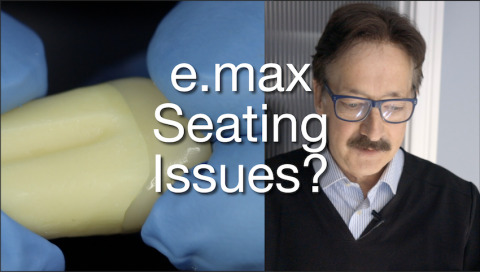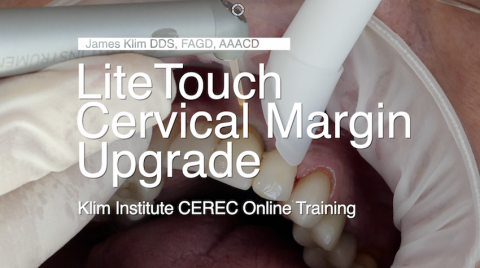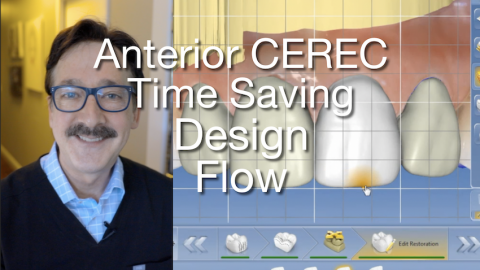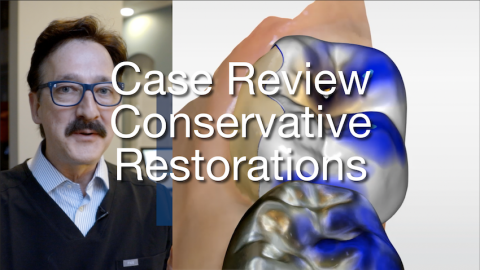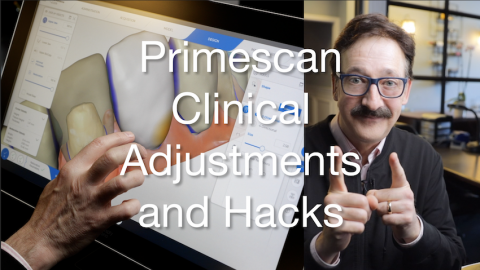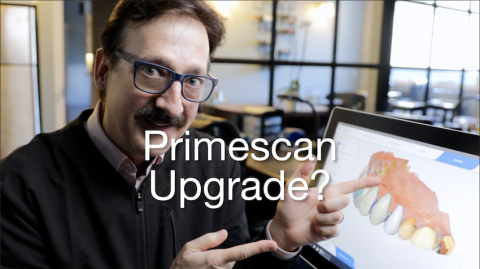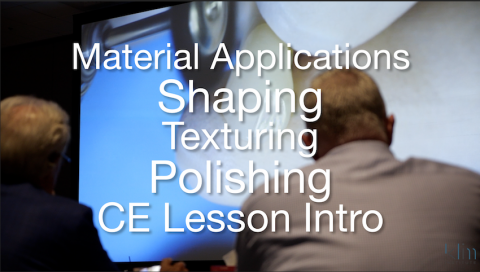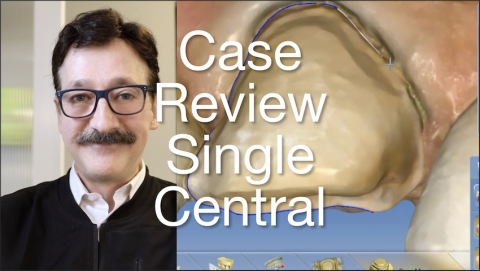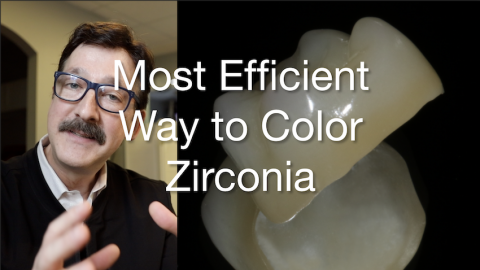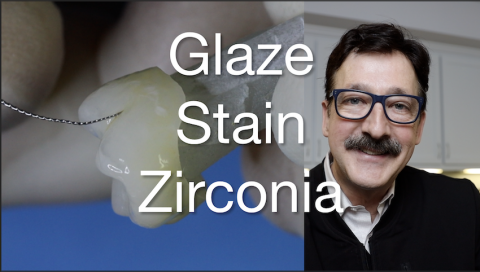Here is a question I often hear, "how do I deal with e.max binding after crystallization"? I have seen this issue discussed in several FaceBook group threads. This video will share my take on this issue and provide a few pointers on how to deal with the e.max binding issue if that is happening in your clinical theater.
Submitted by James Klim DDS, CADStar Host on 09/16/2019 - 10:13pm
Submitted by James Klim DDS, CADStar Host on 08/25/2019 - 5:13pm
One of my clinical fascinations is technological advances that will streamline procedural flow and proficiency. Last year, we introduced the LiteTouch Er:YAG laser to the practice, primarily for removing and upgrading e.max veneers. There are many other soft and hard tissues applications this type of laser brings to the clinical theater. This video is about repairing a margin with caries on an e.max bridge placed over ten years ago. There are many benefits to removing diseased tissue with a Er:YAG laser: calibrated for selective caries removal, antibacterial activity, debris removal without producing a smear layer, surface
Submitted by James Klim DDS, CADStar Host on 08/08/2019 - 10:53pm
Part one video in BioJaw anterior design series. The way I save time in my anterior design theater is to go into the case preplanned with a wax-up which I now do in inLab, print the model and use the wax-up as a reduction guide and basis for making provisionals when needed. Time-saving comes from certain preparation reduction protocols for the case and then propose and refine with BioJaw, still using a BioCopy component to guide the BioJaw placement. One thing unique to this case review is the strategy used to block out a dark root.
Submitted by James Klim DDS, CADStar Host on 07/29/2019 - 10:14pm
When is the conservative CEREC restoration indicated in our treatment portfolio and how does the Primescan handle the conservative preparation scan, design, and mill compared to Omnicam and Bluecam? Unless a crown is being removed for an upgrade, preserving tooth structure with an onlay or inlay can be the optimal way to go. The first part of this video will review four criteria for a conservative restoration and sets up the case review for Part II, the incredible Primescan for scanning conservative preparation design--the best of both Bluecam and Omnicam is now in the Primescan.
Submitted by James Klim DDS, CADStar Host on 06/03/2019 - 1:57pm
Submitted by James Klim DDS, CADStar Host on 05/28/2019 - 10:26pm
Now that I have had the Primescan for a few months, I have a good feel for it and find significant ease in the scanning compared to its CEREC predecessors, sharp margin viewing, and smooth flow of the software process. I am finishing my bread and butter restorative dentistry 12-15 minutes ahead of schedule on the average. This videos will review my top Primescan assets and how it can impact your clinical theater.
Submitted by James Klim DDS, CADStar Host on 05/23/2019 - 6:24pm
Introduction overview video for a Klim Institute Online AGD CE lesson; Shaping, texturing, and polishing techniques for the primary materials we use in CEREC (composite, Empress, VITA ceramic, e.max, and zirconia options). This lesson is a compilation of videos that Dr. Klim presented at a recent AACD hands-on course. Enjoy! Start the 1.0 unit of CE lesson by clicking on the link below.
Submitted by James Klim DDS, CADStar Host on 05/12/2019 - 10:19pm
Restoring a single maxillary incisor presents the greatest blend challenge with dentistry in the smile zone. When the adjacent teeth are in good shape, I stay conservative. With chairside CAD/CAM using the Dentsply Sirona system, the Copy and Mirror is my preferred design approach creating a "DNA form and shape" by copying the adjacent central. The next step is choosing the ceramic that blends best for the case. Since the ceramic and cement refractory behavior will change once cemented, so will the value and blend. In my blend theater, I prefer placing a transitional restoration that is machined with the projected ceramic and luting
Submitted by James Klim DDS, CADStar Host on 05/07/2019 - 10:35pm
Even with the multi zirconia options of Katana and ZirCAD Multi, in my hands, infiltration is the simplest and most efficient way to enrich the cervical zone color and modify cervical saturation needs. And with just one firing...sintering. This video will share material recommendations and methods.
The method works on all zirconia brands.
- ZirCAD LT Colouring liquids (very forgiving)
- Katana STML
- ZirCAD Multi
Submitted by James Klim DDS, CADStar Host on 04/29/2019 - 8:26pm
With zirconia, I use glaze and stain only for subtle highlight surface characteristics. For this process, Ivocolor by Ivoclar works well on all the zirconia brands, particularly the multi ones such as Katana STML, ZirCAD Multi, and the coming ZirCAD Prime. This video will demonstrate the zirconia preparation required for glaze addition and then glaze/stain applications creating subtle surface enhancements.

